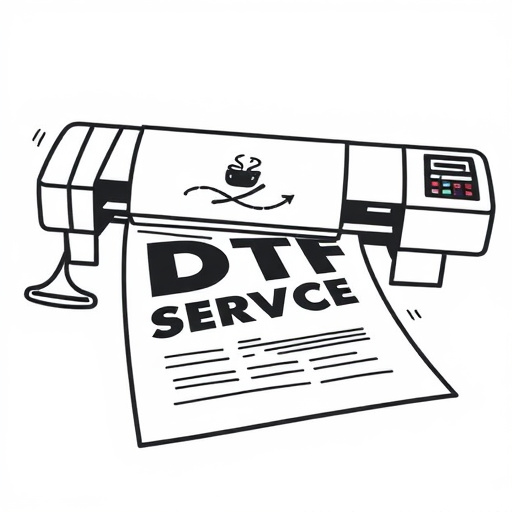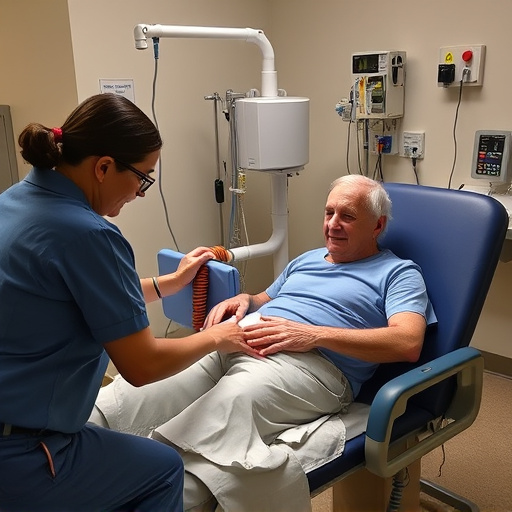Shockwave tendonitis relief is a safe, non-invasive treatment for tendonitis, fasciitis, and arthritis, using low-energy shockwaves to promote tissue repair. While effective in reducing pain and improving function without anesthesia, it carries risks like temporary inflammation or pain. Individuals with specific medical conditions like severe soft tissue injuries, infections, bleeding disorders, eczema, pregnancy, or chronic autoimmune diseases should avoid it due to potential complications. Personalized treatment plans based on individual health histories are key to minimizing these risks.
“Experience lasting relief from shockwave tendonitis without surgery? Discover the non-invasive approach that’s gaining traction in modern medicine. While promising, understanding the risks and contraindications is vital for informed decision-making. This comprehensive guide explores potential side effects and who might not be a suitable candidate for this innovative treatment. Learn about shockwave tendonitis relief, its benefits, and the considerations before embarking on your journey to reduced pain and enhanced mobility.”
- Understanding Shockwave Tendonitis Relief: A Non-Invasive Approach
- Potential Risks and Side Effects: What You Should Know
- Contraindications: Who Should Avoid This Treatment?
Understanding Shockwave Tendonitis Relief: A Non-Invasive Approach
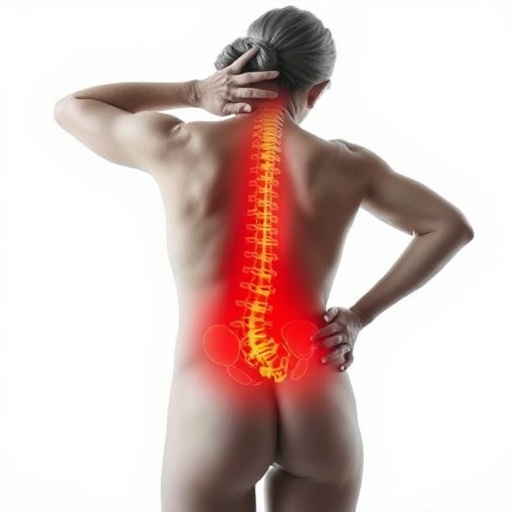
Shockwave tendonitis relief is a non-invasive approach that has gained popularity as an alternative treatment for various musculoskeletal conditions. This method utilizes low-energy shockwaves to stimulate tissue repair and promote healing in affected areas, particularly around tendons, muscles, and ligaments. Unlike surgical interventions or injections, shockwave therapy avoids the risks associated with invasive procedures. It offers a safe and effective way to alleviate pain and improve functionality without the need for anesthesia or lengthy recovery periods.
This innovative treatment has shown promise in managing conditions such as tendonitis, fasciitis, and certain types of arthritis. By targeting specific areas, it can provide headache relief, sciatica relief, and general reduction in chronic pain related to tendon-related injuries. The non-invasive nature makes it an attractive option for those seeking alternatives to traditional treatments, especially spinal adjustments, without compromising safety or effectiveness.
Potential Risks and Side Effects: What You Should Know
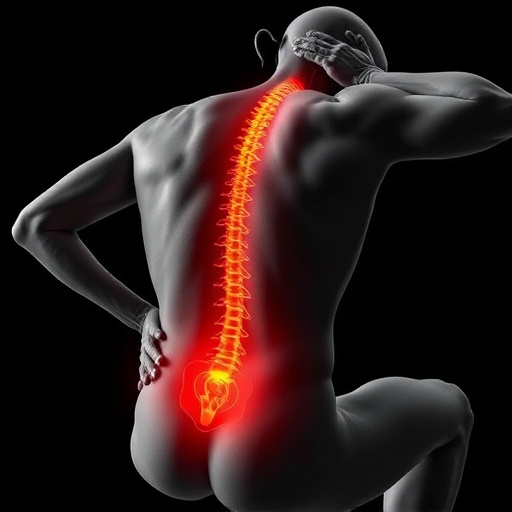
While shockwave tendonitis relief is a promising non-invasive treatment option for those suffering from this condition, it’s crucial to be aware of potential risks and side effects before proceeding. Like any medical procedure, there are certain complications that can arise, especially if not administered correctly. Common risks include temporary inflammation, pain, or bruising at the treatment site. In rare cases, patients may experience skin irritation or a slight delay in healing. It’s important to remember that these adverse reactions are usually mild and subside quickly.
For individuals with certain medical conditions like bleeding disorders, diabetes, or taking blood-thinning medications, there might be an increased risk associated with shockwave tendonitis relief treatments. These factors can impact healing and recovery, so transparency with your healthcare provider is essential. Personalized treatment plans tailored to your specific needs and health history are key to minimizing risks and ensuring a smoother auto accident recovery or sports injury recovery journey.
Contraindications: Who Should Avoid This Treatment?
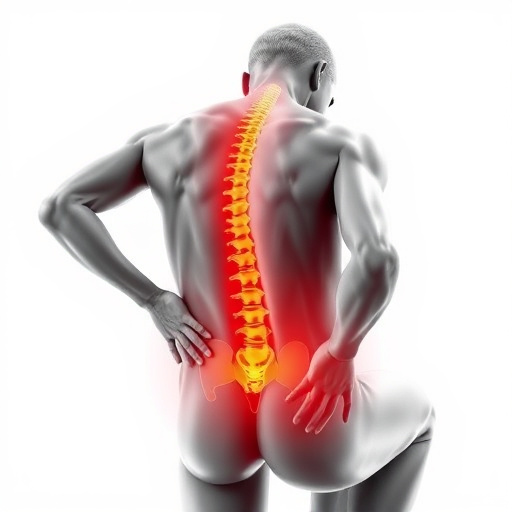
Shockwave tendonitis relief is a non-invasive treatment option for those suffering from chronic tendon pain and inflammation. However, like any medical procedure, there are specific contraindications that make this therapy unsuitable for certain individuals. Those with severe soft tissue injuries or active infections in the treatment area should avoid shockwave therapy as it could exacerbate their condition. Additionally, patients with bleeding disorders or who are taking anticoagulant medications require caution since shockwaves can potentially cause internal bleeding.
People with certain skin conditions, such as eczema or open wounds near the intended treatment site, are also not suitable candidates for this procedure. Pregnant women and breastfeeding mothers should consult their healthcare provider before considering shockwave tendonitis relief, as there is limited research on its safety during these periods. Moreover, individuals with active tumors or chronic autoimmune diseases may face risks, and chiropractic care or other alternative treatments might be more appropriate in such cases.
Shockwave tendonitis relief, while offering a promising non-invasive approach to managing this condition, isn’t suitable for everyone. Understanding both the potential risks and contraindications is crucial before undergoing treatment. If you experience severe pain, have certain medical conditions or are taking specific medications, it’s best to consult a healthcare professional first. Despite some mild side effects, many patients report significant relief from shockwave therapy. Therefore, carefully considering this treatment option in light of your individual health profile can lead to positive outcomes in managing shockwave tendonitis.






